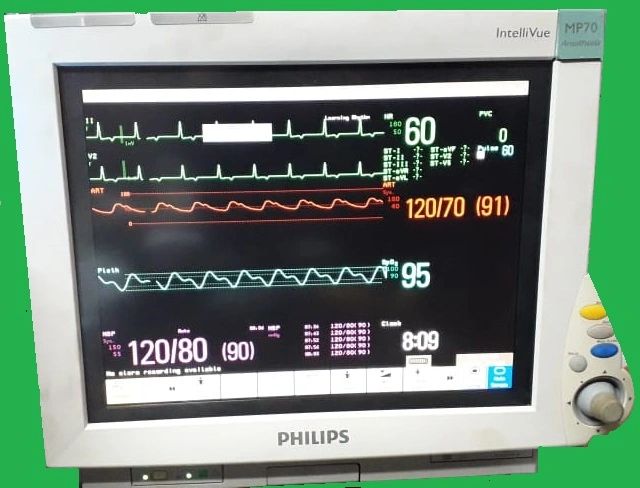

Thompson, MD Spanish Series EditorsĬopyright ©2016 The Foundation of the American Society of Retina Specialists. Most patients with VMT maintain good visual acuity in the affected eye, even if treatment is required.Īuthors THANK YOU TO THE RETINA HEALTH SERIES AUTHORS Afterward, the patient will look down several times per hour for a day or two to try to get the gas bubble to sever the adhesion between the vitreous and the macula.
#Vmt medical manual#
The procedure involves the manual release of vitreous attachment and alleviation of traction, but it is invasive and inconvenient to most patients. For patients whose symptoms are severe enough to require intervention, pars plana vitrectomy surgery is one treatment option.Some cases of VMT may spontaneously resolve. Watchful waiting and regular monitoring with OCT is often used for patients whose symptoms do not warrant active intervention.There are currently 4 main options for treating VMT syndrome. SD-OCT appearance of right eye following vitrectomy surgery Weakening of the attachments of the vitreous cortex and the internal limiting membrane (ILM) of the retina could also lead to partial detachment of the posterior hyaloid membrane, leading to PVD and potentially VMT. The separation of the vitreous gel from the retina occurs as a result of the gel becoming liquid (liquefaction) and the continuous anterior-posterior (front-back) and tractional forces stretching on the macula over time. In some cases, a distortion of a visual picture could be experienced without necessarily having a reduction in sharpness of vision.Īge-related degeneration of the gel-like vitreous humor leads to the formation of pockets of fluid within the vitreous, causing contraction and loss of volume. Some of these symptoms can be mild and develop slowly however, chronic tractional effects can lead to continued visual loss if left untreated. Metamorphopsia, when vision is distorted to make a grid of straight lines appear wavy or blank.Micropsia, when objects appear smaller than their actual size.Photopsia, when a person sees flashes of light in the eye.The most common symptoms experienced by patients with VMT syndrome are:
#Vmt medical download#
These disorders are often associated with reduced sharpness of vision (visual acuity) or other visual complications.ĭownload Fact Sheet DOWNLOAD LARGE PRINT VERSION Spanish Translation VMT syndrome can lead to different maculopathies or disorders in the macular area (at the center of the retina), such as full- or partial-thickness macular holes, epiretinal membranes, and cystoid macular edema. The resulting condition is called vitreomacular traction (VMT) syndrome.

There are instances where a PVD is incomplete, leaving the vitreous partially attached to the retina, and causing tractional (pulling) forces that can cause anatomical damage. This detachment usually occurs as part of the normal aging process. The vitreous is encapsulated in a thin shell called the vitreous cortex, and the cortex in young, healthy eyes is usually sealed to the retina.Īs the eye ages, or in certain pathologic conditions, the vitreous cortex can pull away from the retina, leading to a condition known as posterior vitreous detachment (PVD). The vitreous humor is a transparent, gel-like material that fills the space within the eye between the lens and the retina.


 0 kommentar(er)
0 kommentar(er)
